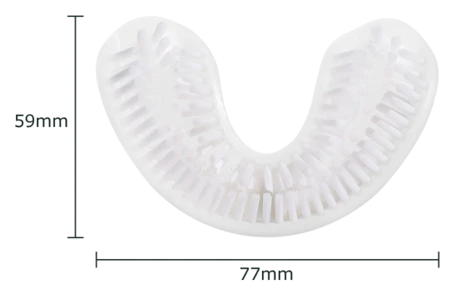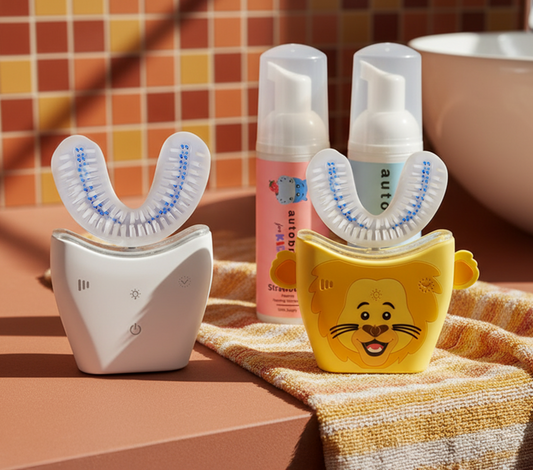
The Best Gingivitis Home Remedies
What is gingivitis?
Gingivitis is a common type of gum disease that occurs when plaque builds up on the tooth, causing inflammation of the surround gum tissue. Oftentimes, gingivitis goes unnoticed since the symptoms are mild and more of an inconvenience than anything else. In fact, it is considered a non-destructive type of periodontal disease.
However, minor dental conditions like this are sneaky if neglected and can quickly lead to more serious problems. If left untreated, gingivitis can progress to periodontitis. Periodontitis, a more severe form of gum disease, is an infection that damages the soft tissue and bone supporting the tooth. Without treatment, it often leads to tooth loss.
If you suspect that you already have gingivitis, it’s important to be proactive in improving your dental hygiene habits + implementing an at home gingivitis treatment to stop the progress until you can get proper care from your dentist.
The top 3 natural gingivitis home remedies
Saltwater rinse
Saltwater is known to have disinfectant and healing properties which help reduce the swelling of gums.
To use a saltwater rinse:
- Pour boiling water into a glass
- Mix 3/4 tsp of salt into the water
- Let the water cool to lukewarm
- Swish the saltwater rinse around the mouth
- Spit the solution out
- Repeat up to three times daily
Warning: Using this treatment too often and for too long will erode the enamel on your teeth. Saltwater rinse is just a quick and temporary remedy. If you don’t see improvement in a week, consult your dentist.

Lemongrass Oil
Lemongrass oil mouthwash has been found to be more effective at reducing gingivitis than regular commercial mouthwash. Just add 3 drops of lemongrass oil into a glass of water to create an effective mouthwash to treat gingivitis. Use this solution 3 times a day for quick relief from inflamed gums.

Aloe Vera Rinse
Great for the skin and hair and now for dental care – aloe vera juice is as effective as traditional mouthwash in treating gingivitis. Unlike the other remedies previously mentioned, there is no need to dilute it in water. Take 100% pure aloe vera juice, swish it around your mouth, and spit it out. Do this up 3 times a day for best results.

How to prevent gingivitis
Prevention is key. Practie proper dental hygiene and visit your dentist regularly to lower your risk of gingivitis.
You dental care routine should include the following:
- Floss daily
- Use mouthwash
- Eat a low-sugar diet
- Quit or avoid smoking
- Brush your teeth twice daily
- Schedule regular dental exams and cleanings
- Clean your tongue twice daily with a tongue scraper
- Use a soft-bristled toothbrush and replace it regularly (every 2-3 months)












